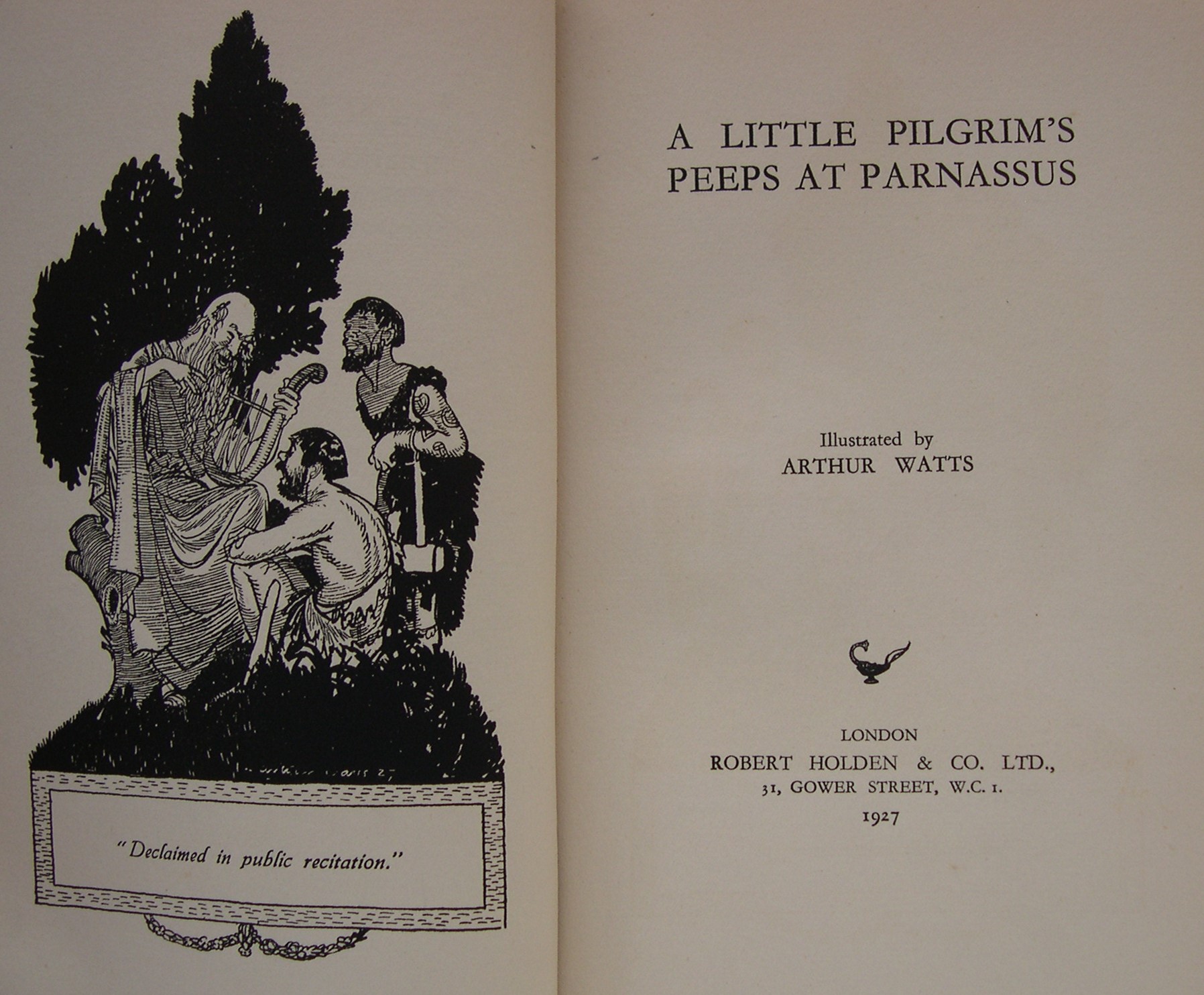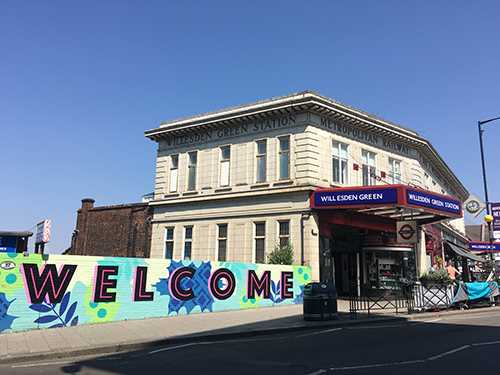John Rowe Townsend’s lengthily titled John Newbery and His Books: Trade and Plumb-Cake for Ever, Huzza! is a book I picked up from the bookshop at Dr Johnson’s Birthplace Museum. It was invaluable when I was traveling 200 miles by train to a job interview and the whole line went down. I found other ways to get there and was (surprisingly) only half an hour late, but it was this book calmed me down, slowed my breathing and heartbeat and helped me think straight. When things go wrong, it’s good to go to a happy place and a book about 18th century bookselling, featuring Samuel Johnson, Oliver Goldsmith and Christopher Smart, is very much my happy place.
The book itself is not really an original work, it’s an abridgement of the only existing biography of Newbery written by Charles Welsh in 1885. This being the only existing biography of Newbery, Townsend skimmed off some of the waffle, cut out the second half (which was about Newbery’s son) and padded it with some contemporary descriptions of Newbery and bits of biographies of people he worked with. These biographies included Devlin’s Poor Kit Smart and Ginger’s biography of Goldsmith, A Notable Man. I hate A Notable Man, it paints Goldsmith as a psychopath.
John Newbery’s life is something of a rags to riches tale, not dissimilar from some of the stories he would publish for children. Born the son of working people, he was apprenticed to a printer in Reading who started one of the earliest provincial papers, The Reading Mercury. He eventually took over that and ran it successfully, later giving it to his step-daughter, Ana-Maria, the wife of Christopher Smart. He substituted this with a trade in off-the-counter remedies, which would be ultimately the source of his wealth.
Before taking this success to London and setting up shop there, he went on a little journey. Welsh/Townsend take their material about this journal from letters Newbery sent on his travels and it’s probably the most entertaining part of the book. He travelled to Hull and Doncaster before going to Leicester. There he spoke with a man in the gaol who said that the person hanged as Dick Turpin in York wasn’t the man himself and that all Turpin’s gang used ‘John Palmer’ as their alias. Also whilst there, his landlady gave birth to twin sons, John and George. She asked Newbery when a boy’s penises start to develop and when informed that boys were born with them, realised she’d given birth to two girls.
There are also lots of quotes from Newbery’s notes to himself as he came up with new ideas. At that time he seemed to be mulling over different inserts which would be useful bound up in a book of common prayer. The amount and scattershot nature of all these ideas really re-enforce Johnson’s depiction of Newbery as ‘Jack Whirler’, the man so full of ideas and busy-ness that he never gets anything done. Eventually he set up his shop in London, near one of the many streets named ‘Pissing Alley’ and developed his brand of children’s works, his magazines and working with his favoured writers, often putting them up in his country house in Cannonbury.
There’s some interesting discussion about these writers. Welsh/Townsend describes Goldsmith as being ‘liberated’ from his contract under the Griffiths’s. Welsh is convinced that Goldsmith didn’t write the popular children’s book Goody Two Shoes, largely because he thinks Goldsmith would have done a better job at it. He also treads very lightly around Christopher Smart, describing Smart’s magazine The Midwife as a little too vulgar for Newbery’s brand but not agreeing with the conspiracy that the publisher had is writer/son-in-law committed for madness.
There’s some talk about James’s Fever Powders, a medicine popular until the twentieth century and a key part of Newbery’s income. It’s mentioned that Newbery put adverts for the powders in Goody Two Shoes and at the beginning of Smart’s Hymn to the Supreme Being and an off-hand reference to Goldsmith accidentally killing himself with them. Oddly, there was nothing about the revolutionary idea of selling the powders in one-dose packets. The book did have a wonderful list of other ‘cures’ for sale at Newbery’s shops. These included; Hungary Water (which Michael Johnson sold in his shop), herb snuff, cephalic snuff, Mrs Norton’s Mordant Drops and Greenough’s Pectoral Lozenges of Tolu.
Finally, there’s a lot in the book about Newbery’s work in children’s publishing. As is the case of many innovators, it wasn’t that Newbery ‘invented’ children’s books, it was skill at branding them. There were some children’s books in English as early as the 1660s and as early as 1740, there were publishers like Thomas Boreman publishing his Gigantick Histories, in tiny volumes of course.
What Newbery did was create a consistent tone, purpose and brand, labelling himself the children’s friend near St Paul’s. He clearly knew his market, dedicating one of his books to ‘the true and genuine lovers of noise” and publishing on topics parents would like their children to read. There was a series of pop-science books aimed at adolescents called The Circle of Sciences as well as numerous edifying and didactic works. Many of the stories had their child protagonists live happy lives because they were conventional and ‘good’. One story had the character of a little boy who always said his prayers, a good example to “all other little boys and girls, or no body will love them.”
Despite Samuel Johnson’s reservations about books for children, there were authors in the early nineteenth century who remember learning to love literature through Newbery’s offerings. Though it is significant to note that what they remembered most were the colourful covers, gilt pages and multiple illustrations.
Though his personal life is barely mentioned, the character of John Newbery comes across pretty clear. He was an energetic, optimistic, wheeler-dealer sort of character who was always looking for a profitable gap in every market. He was a very conventional man, with the middle-class, enlightenment values of Locke but with a genuine fondness for children and a belief that his values were good and deserved to be spread. He was a man who lived for ‘trade and plumb-cake for ever. Huzza!”
(One of the odd elements of Newbery’s life is that many of his significant dates happened in the early stages of July. He was born on the 9th, his son later born on the 6th, made a significant journey on a later 9th - it just struck me as fun).







